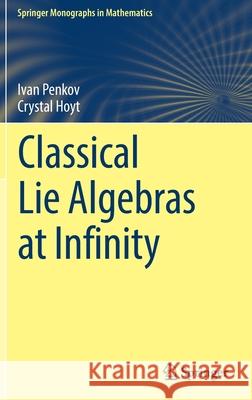Classical Lie Algebras at Infinity » książka
topmenu
Classical Lie Algebras at Infinity
ISBN-13: 9783030896591 / Angielski / Twarda / 2022 / 256 str.
Classical Lie Algebras at Infinity
ISBN-13: 9783030896591 / Angielski / Twarda / 2022 / 256 str.
cena 484,18
(netto: 461,12 VAT: 5%)
Najniższa cena z 30 dni: 462,63
(netto: 461,12 VAT: 5%)
Najniższa cena z 30 dni: 462,63
Termin realizacji zamówienia:
ok. 22 dni roboczych.
ok. 22 dni roboczych.
Darmowa dostawa!
Kategorie:
Kategorie BISAC:
Wydawca:
Springer
Język:
Angielski
ISBN-13:
9783030896591
Rok wydania:
2022
Ilość stron:
256
Waga:
0.53 kg
Wymiary:
23.39 x 15.6 x 1.6
Oprawa:
Twarda
Wolumenów:
01
Dodatkowe informacje:
Wydanie ilustrowane











